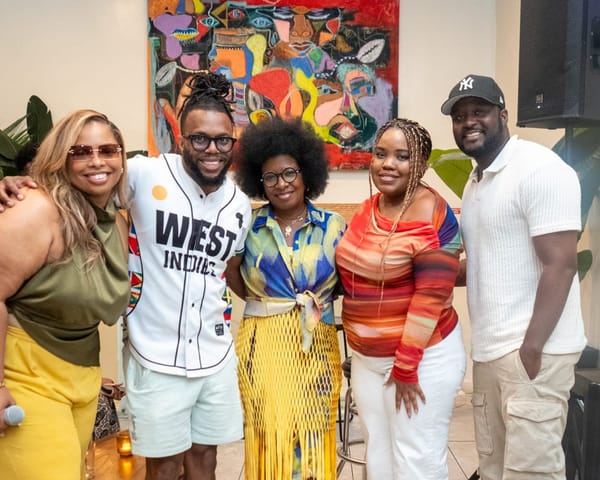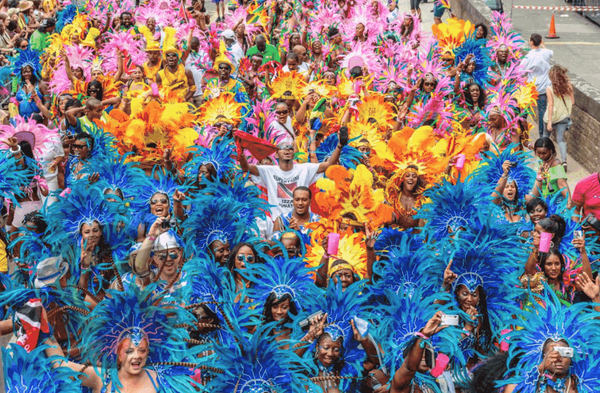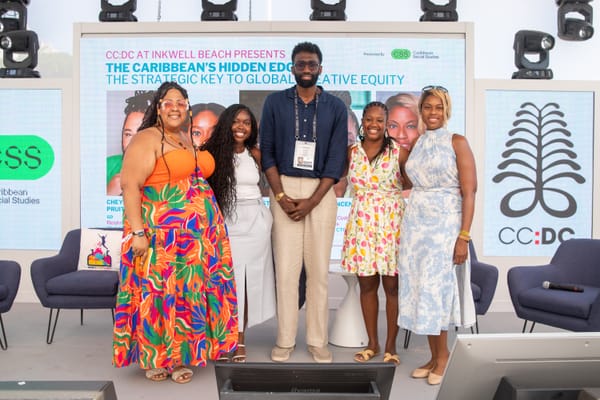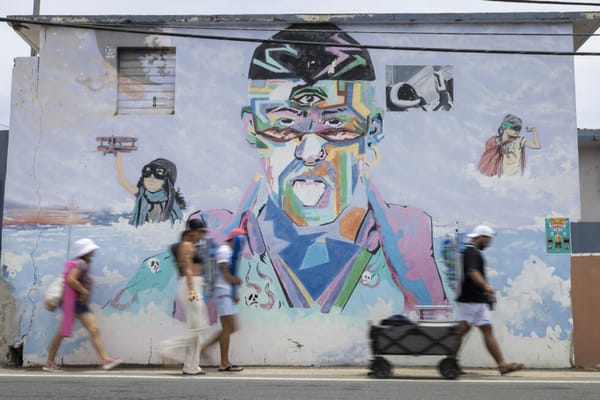The Human Edge in a Machine Age: Caribbean Precision vs. AI Efficiency
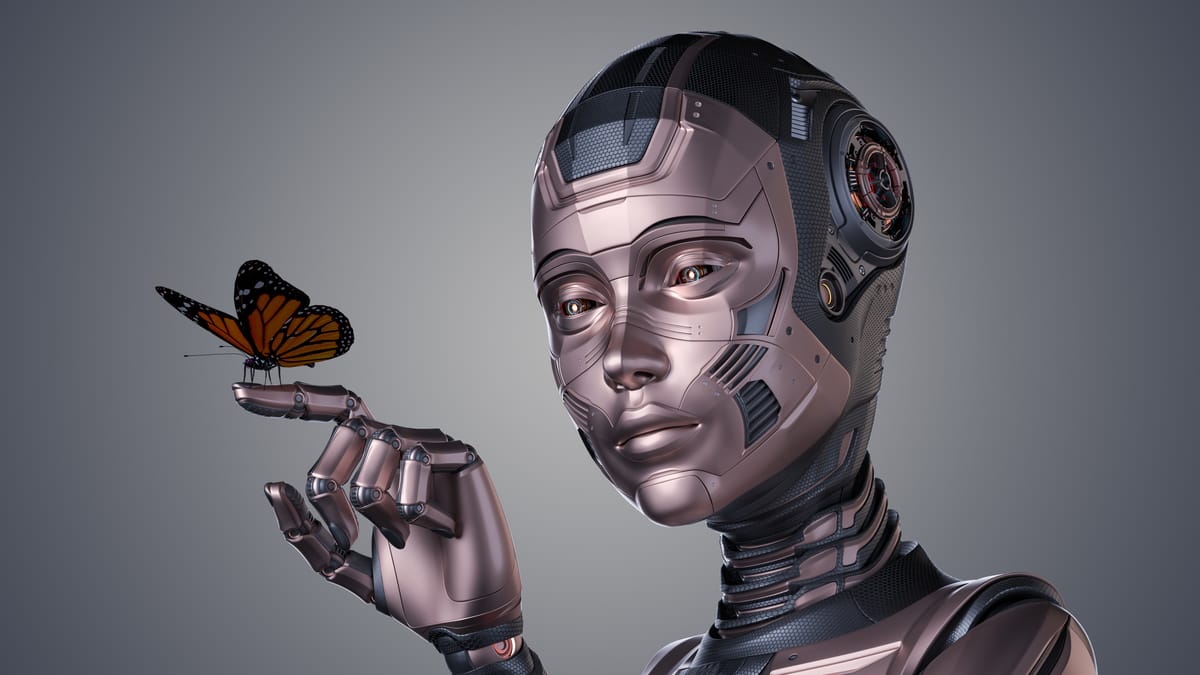
As artificial intelligence continues to reshape how we create, connect, and consume, a fundamental question hangs in the air: what is left for human creativity? If machines can generate content in seconds, what role do humans play in a future defined by algorithms?
Caribbean creatives offer a compelling answer: precision. But not the technical kind measured in milliseconds. Caribbean precision is emotional, intuitive, cultural, and deeply human. It emerges from lived experience, layered identities, and a mastery of context. It is slow when it needs to be, fast when it must, and always calibrated for resonance.
Efficiency Is Not Empathy
AI is built for optimization. It excels at automation, pattern recognition, and data-driven iteration. It can draft headlines, compose music, even write scripts. But it cannot feel. It cannot intuit tone or measure silence. It cannot read the cultural temperature of a moment and adjust accordingly.
Caribbean creatives do that instinctively.
They know how to read a room, even when it’s virtual. They know how to hold two or three cultural truths at once, weaving references from multiple worlds into a single, compelling message. This isn’t just creativity. It’s precision sharpened by necessity.
As Leeza Singh, Vice President of Technology Resiliency Execution at BNY Mellon, noted during the CSS x TBR pre-panel:
"In innovation under constraints, solutions must be resourceful and impactful. The Caribbean has a long history of that."
A Society Trained in Multilayered Thinking
The Caribbean is one of the most culturally blended regions in the world. It’s a confluence of African, European, Indigenous, and Asian traditions—compressed into small geographies with limited resources. This creates a society built on adaptation, reinterpretation, and improvisation.
This upbringing trains a different kind of creative muscle—an advanced form of pattern recognition, emotional intelligence, and narrative fluency. Caribbean creatives are used to navigating contrast and contradiction. They know how to shift between dialects, decode symbolism, and carry multiple histories in one sentence. AI may learn from data. Caribbean creatives learn from life.
Real-World Precision in Action
Look at the careers of Caribbean creatives across industries:
- Rihanna, born and raised in Barbados, didn’t just disrupt the beauty and fashion industries—she redefined them. Fenty’s success lies in more than representation; it’s built on a deep emotional understanding of global audiences often ignored by legacy brands.
- Bad Bunny, the Puerto Rican global superstar, has shattered expectations for what Latin music can sound like, look like, and stand for. His art is emotionally raw, stylistically fluid, and politically sharp—all guided by an instinctive understanding of his culture’s pulse.
- Kai Cenat, with roots in Trinidad and Haiti, has become one of the world’s most-watched streamers by channeling a uniquely Caribbean charisma—quick-witted, boundary-pushing, and deeply community-driven.
- Shabier Kirchner, the Antiguan cinematographer behind Small Axe, uses movement, lighting, and silence with surgical precision to amplify emotion.
These creatives are not merely successful. They are influential. And what powers their success is not just talent, but a precise, human-centered way of seeing.
Intuition: The Uncoded Superpower
Where AI calculates, human creativity intuits. Caribbean creatives often operate with what can only be called strategic instinct—an ability to sense timing, audience energy, and emotional cues that haven’t yet been verbalized.
This is especially powerful in advertising and design, where nuance determines effectiveness. Knowing when to hold back. When to exaggerate. When to remix. AI can’t read a cultural moment like a Caribbean creative raised on folklore, political tension, and Sunday family debates.
Integration, Not Imitation
Many Caribbean creatives are already using AI tools—generating mood boards, exploring visual directions, analyzing engagement data. But they use these tools in culturally specific ways. They remix them, question their outputs, and apply local sensibilities to global frameworks.
This hybrid thinking—tech fluency grounded in cultural depth—is what makes Caribbean precision irreplaceable. AI may speed up production, but Caribbean creatives ensure that what’s produced actually matters.
Caribbean Social Studies: The Infrastructure for Human-Centered Innovation
Caribbean Social Studies was created to support and amplify this very form of intelligence. It exists to recognize not just the talent in the region and its diaspora, but the methodology that underpins it—one built on resilience, intuition, and collective intelligence.
CSS is building bridges between creatives, investors, and institutions. We are mapping the creative braintrust that already exists and ensuring it’s equipped for the age of AI—not to compete with machines, but to lead where machines cannot.
Conclusion: In a Machine Age, the Human Signal Matters
AI is fast. But speed is not everything.
In branding, storytelling, and experience design, what truly connects is meaning. Precision with heart. Strategy with soul. That is what Caribbean creatives offer. They are not just makers. They are translators of emotion, navigators of nuance, and architects of resonance.
The creative industry doesn’t just need more tools. It needs more trust. More human-led vision. More creative precision born from the places too complex for code.
And the Caribbean? It’s been training for this all along.

